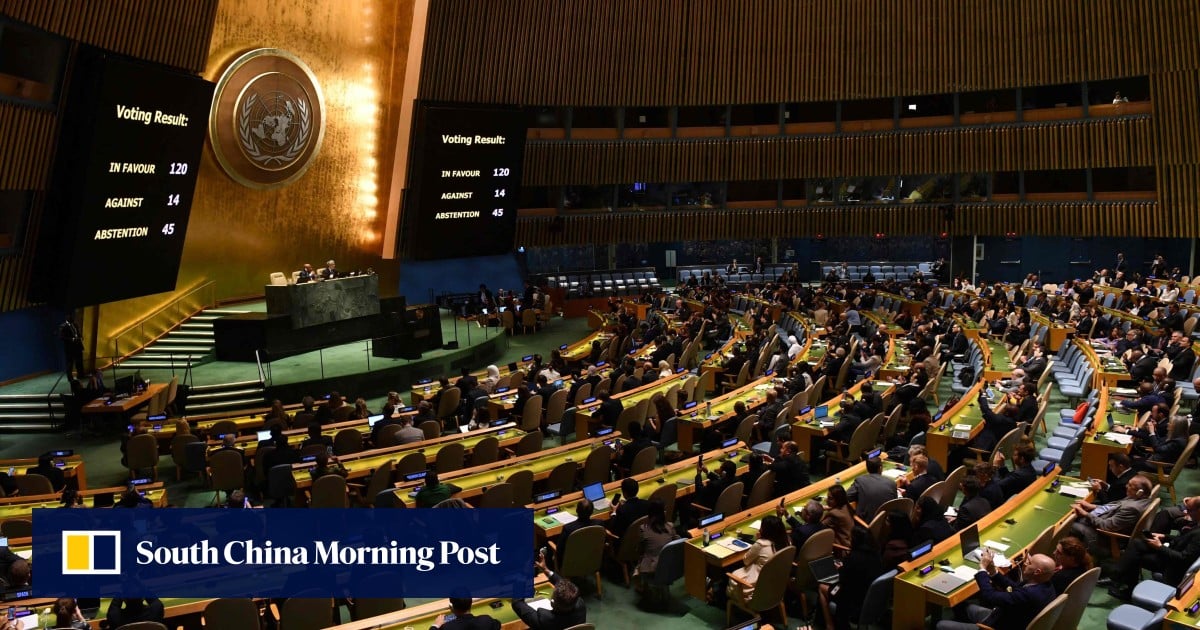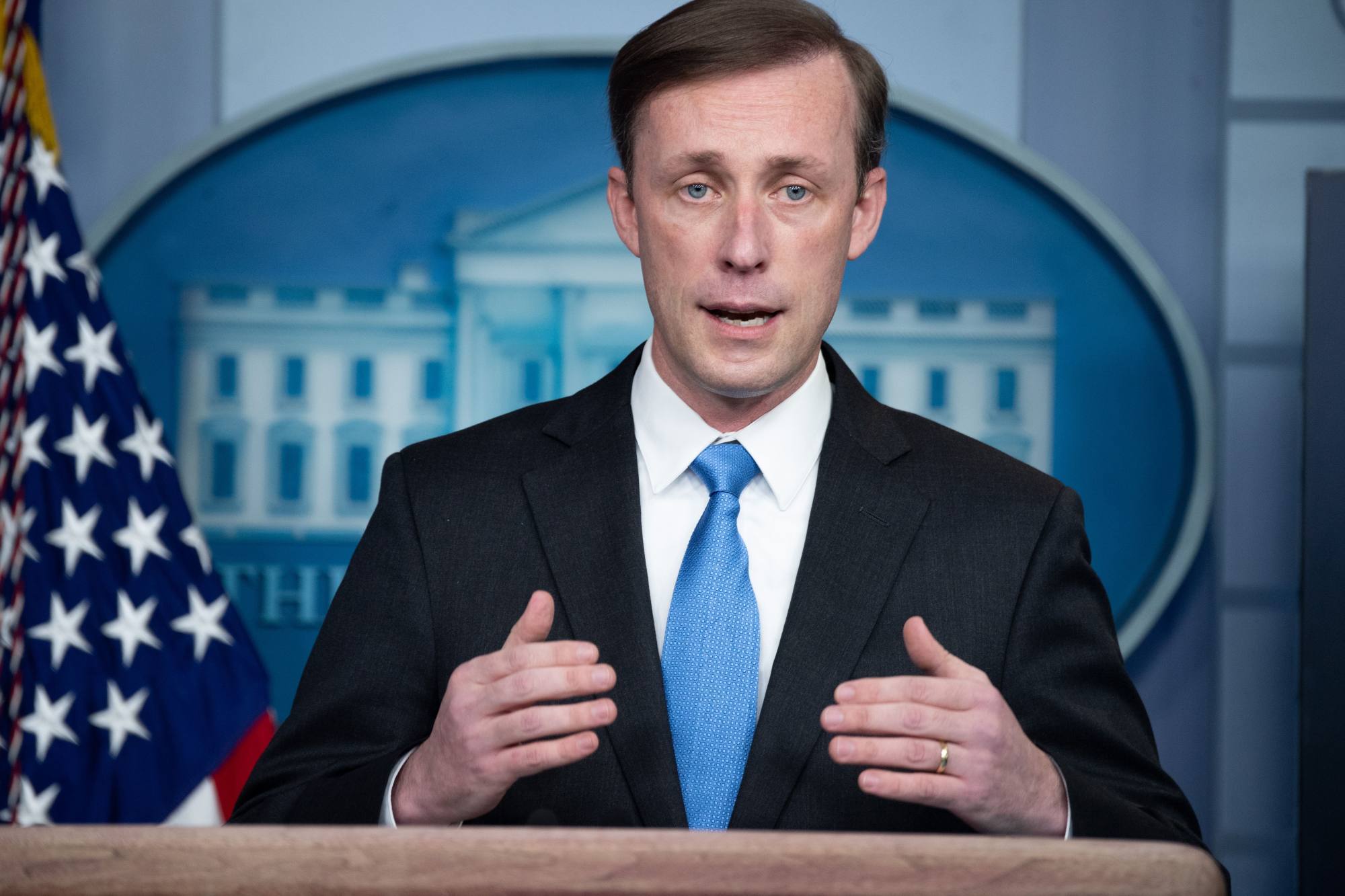
21 Mar UN to vote on first resolution on AI, aimed at ensuring ‘safe, secure and trustworthy’ use of the technology
The resolution “would represent global support for a baseline set of principles for the development and use of AI and would lay out a path to leverage AI systems for good, while managing the risks”, Sullivan said in a statement to Associated Press earlier in March.

The draft resolution aims to close the digital divide between rich developed countries and poorer developing countries, and make sure they are all at the table in discussions on AI. It also aims to make sure that developing countries have the technology and capabilities to take advantage of AI’s benefits, including detecting diseases, predicting floods, helping farmers, and training the next generation of workers.
The draft recognises the rapid acceleration of AI development and use and stresses “the urgency of achieving global consensus on safe, secure and trustworthy artificial intelligence systems”.
It also recognises that “the governance of artificial intelligence systems is an evolving area” that needs further discussions on possible governance approaches.
Big Tech companies generally have supported the need to regulate AI, while lobbying to ensure any rules work in their favour.
Europe reaches deal on world’s first comprehensive AI rules
Europe reaches deal on world’s first comprehensive AI rules
Sullivan told AP that the US turned to the General Assembly, the main policymaking organ of the UN, “to have a truly global conversation on how to manage the implications of the fast-advancing technology of AI”.
The US draft resolution encourages all countries, regional and international organisations, tech communities, civil society, the media, academia, research institutions and individuals “to develop and support regulatory and governance approaches and frameworks” for safe AI systems.
China steps up crackdown on AI-generated content, ‘troubling phenomena’
China steps up crackdown on AI-generated content, ‘troubling phenomena’
It warns against “improper or malicious design, development, deployment and use of artificial intelligence systems, such as without adequate safeguards or in a manner inconsistent with international law.”
A key goal, according to the draft resolution, is to use AI to help spur progress toward achieving the UN’s badly lagging development goals for 2030, including ending global hunger and poverty, improving health worldwide, ensuring quality secondary education for all children and achieving gender equality.
Drug development can take over a decade. AI helped make a medicine in 18 months
Drug development can take over a decade. AI helped make a medicine in 18 months
The US government began negotiating with all UN member nations about three months ago, spent hundreds of hours in direct talks to individual countries and 42 hours in negotiations, and accepted input from 120 nations, a senior US official said. The resolution went through several drafts and achieved consensus support from all member states last week, the official said, speaking on condition of anonymity because he was not authorised to speak publicly.
US Ambassador Linda Thomas-Greenfield told AP last week that the resolution “aims to build international consensus on a shared approach to the design, development, deployment and use of AI systems”, particularly to support the 2030 UN goals.
If adopted, she said, it will be “a historic step forward in fostering safe, security and trustworthy AI worldwide”.
